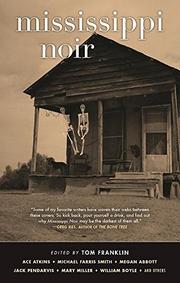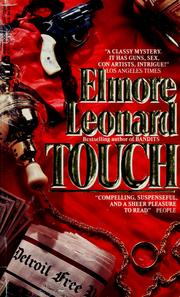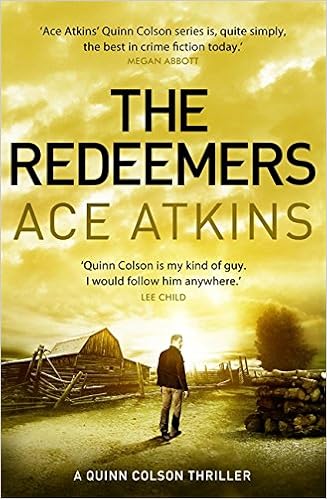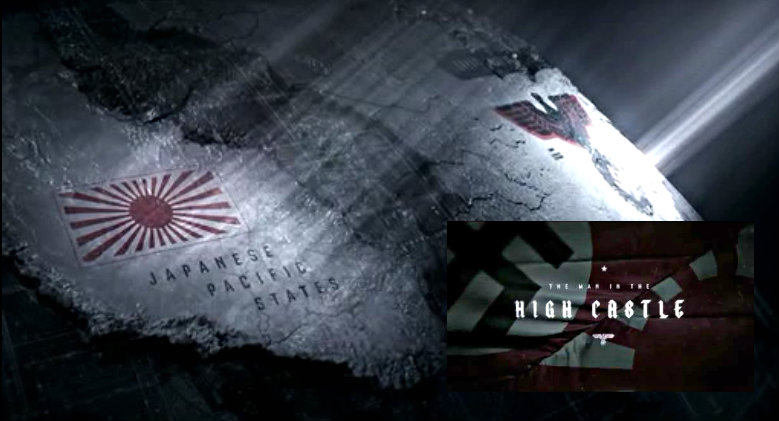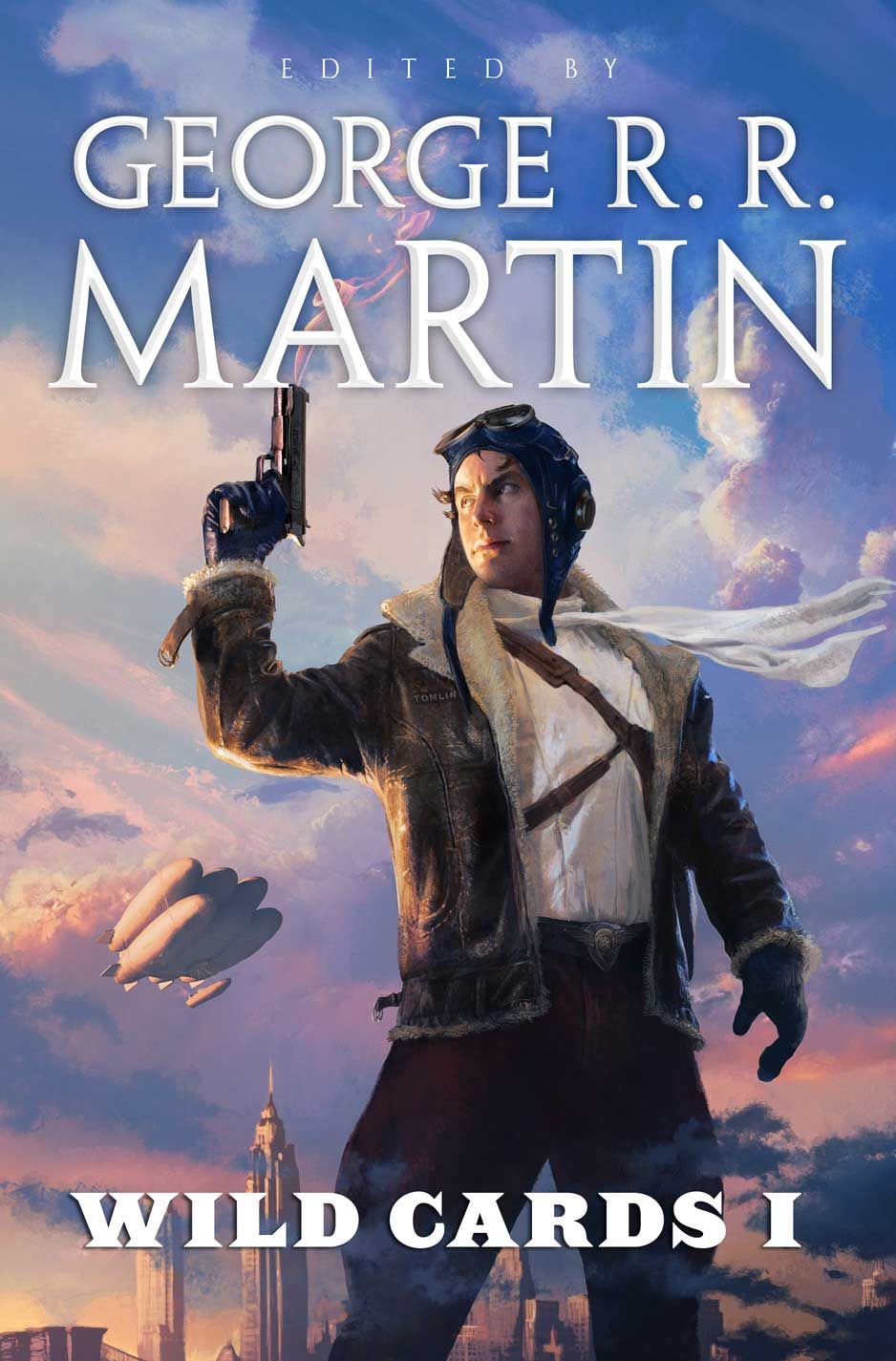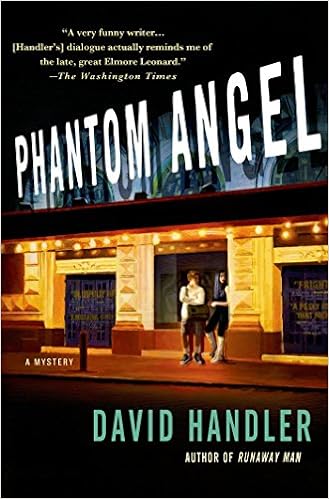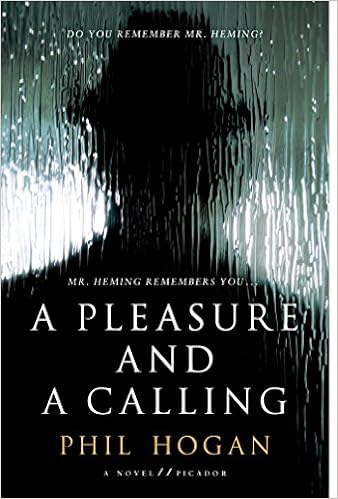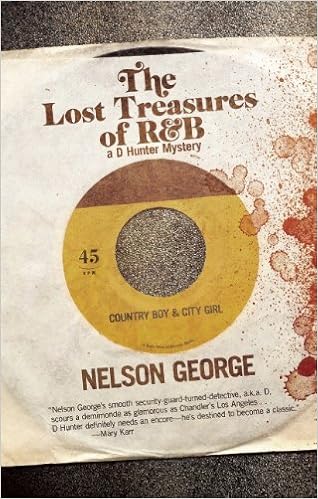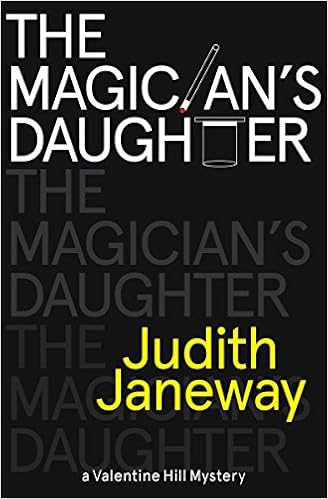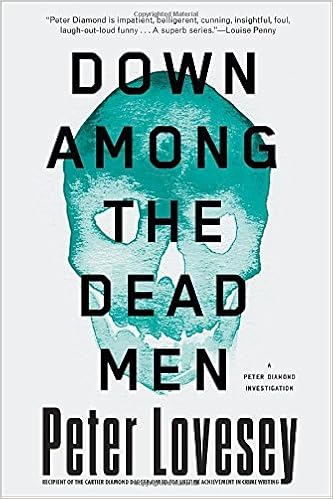Oh, you think I’m talking about getting divorced from Amy or one of my nine previous wives. Nope. I’m talking about breaking up with my writing partner, at least one of them.
Backstory:
In Hollywood, I had two or three writing partners, maybe even four, at various times, as well as going solo. And with all but one we pretty much just came to a parting of the ways. But with one it truly was like a very messy divorce.
Conflict:
So, as Spandau Ballet said, to cut a long story short, I lost my mind—well that too. X and I had been friends for a long time and then decided to write together. We worked up a bunch of projects and eventually got an agent at one of the major agencies and even had some things optioned (sort of like someone takes a lease out on your property). But we weren’t getting rich and X’s wife wanted him to have a more steady income. So we decided to break it up, but it was a messy break up. Since we had no written contract or collaboration agreement, we ended up in “divorce court,” or at least in a lawyer’s office, dividing our babies (our work product) up, based on who came up with which idea. The lawyer acting like Solomon, split the babies—and everything else.
And like many divorcing couples we were barely speaking to one another and it wasn’t pleasant when we did. So X went his way, I went mine. I went on to find another agent and I did a lot of rewrite work/script doctoring (no credit-no glory) and optioned a lot of things that never got produced. And after a time, X and I began to be civil and even friendly again. Though not close like we once were.
Act II
So how about some tips on how to work with a partner even though it seems like there’s more solo flyers in the prose world than in Hollywood. Nonetheless, there are writing teams out there and in case you might ever consider working with a partner here goes:
First out of the gate, have a prenup: a written contract that spells everything out ahead of time. Every little detail. You can work it up yourself if you’re good at that kind of thing but before signing I’d run it by an entertainment lawyer to make sure all the Is are dotted and Ts crossed. At the very least the prenup should lay out splits, who will do what and maybe what the writing process might be, how often you’ll write. Credits: whose name comes first? Do you do it alphabetically or like my partner and I did so that whoever came up with the idea and did the first draft got the top billing?
The WGA (Writers Guild of America, which is for screenwriters) has a collaboration agreement which you might be able to adapt to prose writing partnerships: http://www.wga.org/uploadedFiles/writers_resources/contracts/collaboration.pdf , though I’m really not sure about that. There might be more suitable templates online.
Also include:
Decide who will do what. Will you each do 50% of everything? Or is one better at dialogue and another better at plot? How will you work? Sitting across the table from one another or long distance (even if you’re in the same town) via the internet? Will one write a full first draft and then pass it to the other? Will you work it scene by scene, chapter by chapter, etc.?
How will you decide what project/s to work on?
Since you want to write with a consistent voice, one should be the polisher-in-chief to make sure that happens. Who will that be and how will you decide?
How will you handle your partner’s critique of your work? You need to have a thick skin, but you also need to critique constructively.
How will you pay for expenses?
Who will contact editors, agents, etc.? Will one person be on point? Is one better at this?
Splitting income. Will it be 50-50? If not why and how will you do it.
Bad things happen to good people and even the best of friends. Don’t let things fester. Deal with them as they come up. Sometimes it won’t be pleasant, but hit the nail on the head, diplomatically hopefully. When you disagree about things how will you resolve them—you might even want to include this in the contract? Everyone has an ego and we all want our little babies included.
I’m sure there’s many other things that can and should be considered. And this is not a complete list by any means, but at least something to think about and get started with. My partner and I learned the hard way. Hopefully you won’t have to.
***
Climax:
The moral of this tale is sort of like the Boy Scouts’ motto: Be prepared. Have that prenup. Spell everything out ahead of time. Have a lawyer check it over if you’ve written it yourself. Then, if things go bad—or even if they don’t—go out and buy a bottle of Johnny Walker Black and get blotto.
***
Please check out my story Deserted Cities of the Heart in Akashic’s recently released St. Louis Noir.
Click here to: Subscribe to my Newsletter
###




